
'Let me show you the world': Aladdin and Disney's long-standing tradition of sexism
Aladdin, Jasmine, Jafar, and Genie are beloved characters familiar to us from childhood. However, in hindsight, childish naivety is replaced with suspicion and skepticism due to the story's controversies. When analyzing the animated version of Aladdin (1992) and the recent film Aladdin (2019), one notices major traces of sexism, ageism, and racism. As Trites (2014) makes clear, narratives in children's movies often contain stereotypical imagery and might, in the long run, be harmful in a cultural and social sense.
This article will focus on sex- and gender-related discrimination and prejudice in two movies by Disney. I will also touch upon other major flaws in the films' narratives. The discussed matters are serious because films targeted at children, among other cultural products, convey coded messages that can normalize harmful stereotypical scenarios. Cultural products for children are a way for them to learn about morals and ethics. Growing up, kids become used to the norms projected onto them and spread the stances they have learned in childhood throughout their adult lives. The films are used as a parable through which the audience can recognize a deeper social projection (Turner, 1996).
The 'maturity formula'
Trites (2014) identifies the issue of the so-called ‘Pixar maturity formula’. The author claims that modern animated movies for children assume that women/girls are more mature than men/boys and widely promote this narrative. This popularized stereotype has its cultural roots in history. The narrative is “predicated on the false assumption that women will always-already mature as a result of their ostensibly maternal nature” (Trites, 2014). The pattern intensifies the cultural narrative of females as the already-mature ‘voice of reason’ (Trites, 2014). Meanwhile, males are portrayed as emotionally unstable, needing guidance, and having a very adventurous growing up process throughout the films.
Males in Pixar films are usually portrayed as immature and in need of guidance, while women are mature and knowledgeable. Another problem is the portrayal of the male path to maturity as more adventurous, varied, interesting, and deserving of attention than female growth. All these factors influence society by reinforcing the cultural narrative that women are more mature than men. As a result, sexism, ageism, and discrimination continue to grow. If we look at instances of cultural products targeted at young audiences, the 'maturity formula' issue goes way beyond Pixar.
Film representation
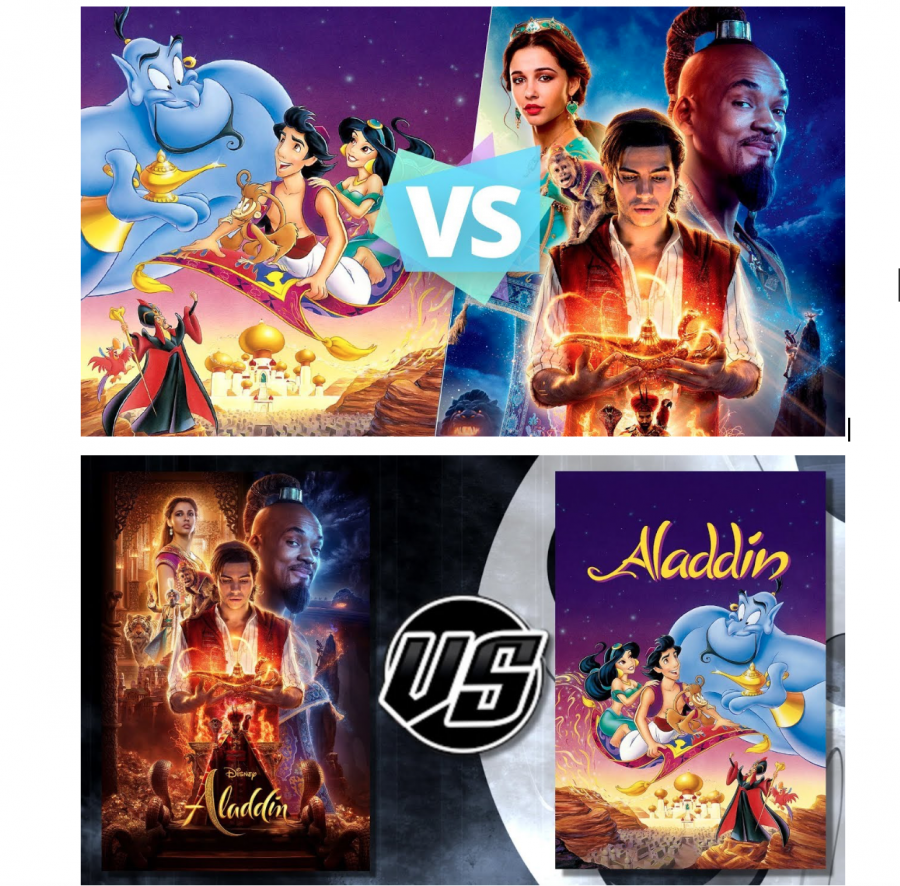
Figure 1: Comparison of different covers of both 1992 and 2019 Aladdin films
When comparing the two Aladdin movies, from 1992 and 2019 respectively, the first thing one notices is their posters (Figures 1 and 2). The works have evident similarities. In all the examples I have found on the internet, Jasmine in the 1992 version is ‘behind’ the man, Aladdin. The latter is the central figure, preparing the audience for a plot that will mainly revolve around the dominant male character.
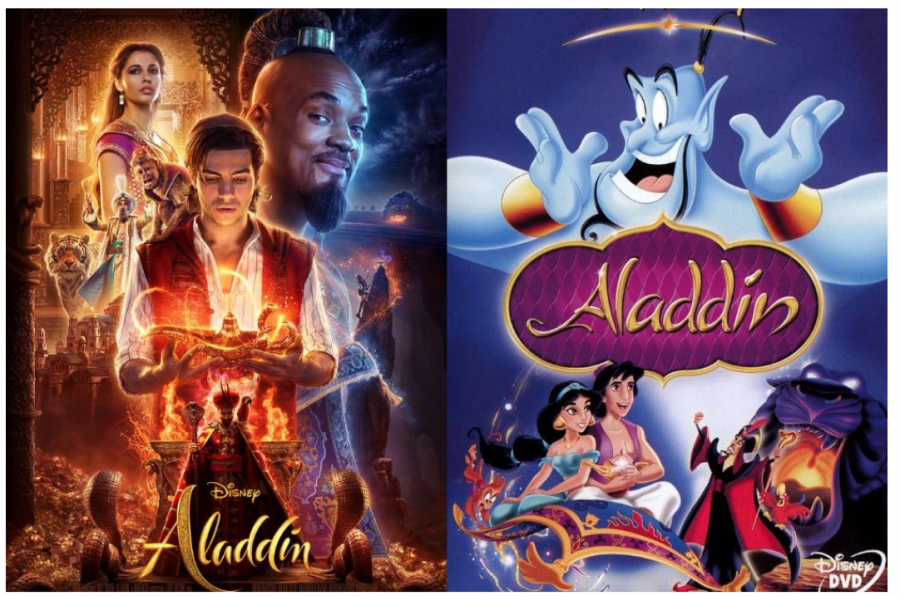
Figure 2: Comparison of different covers of both 1992 and 2019 Aladdin films.
The amount of male animated figures is also unbalanced compared to the only female representative, Jasmine. In the examples presented below, the number of male characters varies between five and seven. In addition to Aladdin, Jafar, and Genie, animals are also male. As a part of a general pattern and a long cinematic tradition, “everyone always assumes Disney animals are male, unless they are specifically told otherwise” (Trites, 2014). Even the magical objects, such as the carpet and the cave, are men. No animal or mystical tool in the cartoon is female. From the very beginning, the audience is prepared for a narrative that will be male-centered. Despite having a woman in the picture, she remains the minority among five to seven main male characters.
Looking at the 2019 film posters, it is evident that not much progress has been made. Although Jasmine is still in the picture, she appears in the background, surrounded by six to eight key male characters. In terms of Jasmine’s narrative development throughout the film, however, she makes a lot of progress and becomes a sultan. By the end of the movie, the princess appears to be an important figure in the plot. However, judging by the cover, the audience is again presented with a male-centered narrative: Aladdin is in the middle, reinforced by the number of significant male roles in the film. As is the case with the animated version, animals and magical objects are also male by default. Following the earlier version of the film, there is not a single creature supporting the main plot that is female. In this respect, Trites' (2014) statement that “another obvious cultural narrative is being reinforced here: males matter more than females” could be supported by both films' covers.
Sexism-infused from the beginning
When comparing both versions of Aladdin, the sexism is apparent right from the beginning. The animated film presents the audience with five men in the first five minutes of the cartoon. The situation gets worse throughout the work, as there are generally more male than female side characters. For instance, the magical cave filled with treasures is male for no apparent reason. Even Jafar's horse is also supposedly male, as the ‘default’ rule is applicable and all animals are male unless proven otherwise. All the characters in the market scene, such as the sellers, police, and attendees, are predominantly, if not exclusively, male. The viewer is given the impression of a‘male world,’ in which Jasmine is an accident, having escaped from the castle.
The 2019 Alladin adds slightly more diversity to the cast. The movie opens on a family with heterosexual parents and two kids of different sexes. In this way, Alladin (2019) makes an attempt to balance out gender representation. Overall, the film adds more female supporting cast characters. We can see more variety in the ways the work portrays social life, for instance during the market scene at the beginning of the movie. The film creators have also added an extra character to the plotline, Jasmine's maid. However, despite all these efforts, women in the movie still remain a significant minority, especially among the main cast.
Aladdin as a main character
Concerning the portrayal of the main characters, the Aladdin of 1992 and 2019 are very similar. The key protagonist of both films is male (Figure 3). Although it may be argued that the newer version tries to put more of a spotlight on Jasmine, Aladdin is the central focus of the movie. This is due to the character’s ability to act in various unpredictable ways, shift events, and go on adventures, while the princess appears rather still and powerless throughout most of the movie.
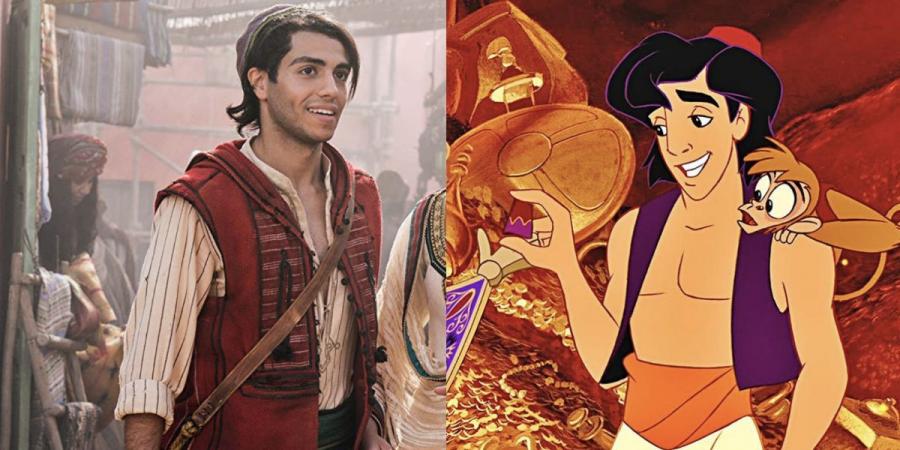
Figure 3: Aladdin actors 2019 and 1992.
Throughout the films, we see Aladdin's maturation process. In this respect, we could establish a parallel with Trites' analysis (2014) that “all of the male Pixar protagonists grow because they need to grow.” Aladdin is no exception to this general pattern. The character has a valid reason -- he is in love with Jasmine and needs to grow up to reach her level of consciousness and responsibility.
Aladdin is a young male adult who needs to improve and change. In viewing this process, it is evident how Disney follows its tradition of appealing to dual audiences (Trites, 2014). The protagonist, although he supposedly looks like an adult, doesn’t act like an adult (Trites, 2014). Aladdin is a man who lives on his own and is ready to marry, yet has a penchant for going on adventures and naivety. Like many other cartoon characters that are “physically coded as being older than children, although they either are or act like young men” (Trites, 2014), he is not yet mature and viewers follow him in his journey.
Aladdin is a silly, irresponsible, immature man who is satisfied with spending his days stealing bread. He spends his days without an obvious purpose and stumbles into the magic cave, as is typical for male characters portrayed as acting “without thinking through the negative consequences of his actions” (Trites, 2014). Aladdin, in line with many characters in the Disney canon, has “the same male inability to perceive the relationship between cause and effect” (Trites, 2014), ignoring all the dangers of his adventurous lifestyle.
In the newer version of the film, Aladdin has a slightly more serious appeal. However, he still needs his crew - the Genie, monkey, and magic carpet - to help him deal with his life. He is drawn to risk and lying and is only forced to mature to win Jasmine’s heart.
Portraying the character in this way is a major strategy of the production company. According to Trites (2014), “in Disney’s major releases, the story frequently includes adults who need to grow as much as adolescents do in a clear bid to pull parents into theatres along with their children.” By showing helpless adults, Disney gains an extra audience to profit from.
Jasmine's stereotypical role
By contrast, Jasmine has a very different appeal throughout the storyline. She is a mature young woman oppressed by the men around her. Jasmine’s abusive father does not let her leave the family home, and Jafar is about marry her against her will. Jasmine still manages to escape, and it is a "recurrent tale: The cautious parent sees all the danger while the adventurous child sees all the opportunity" where "the child, of course, will have her way" (Turner, 1996).
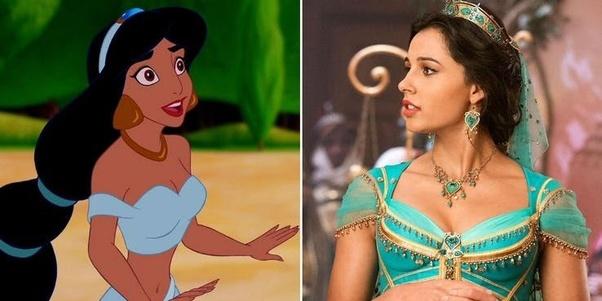
Figure 4: Jasmine in 1992 and 2019.
There is a crucial difference between the two versions of Aladdin. In the newer film, Jasmine proves her intellectual abilities and leadership skills to those around her and becomes the next sultan. However, the fact that she had to demonstrate her knowledge and work extra hard to be in a position of power, a position a male would simply inherit, is not appealing in terms of cultural narration.
In a way, the path towards becoming Sultan is Jasmine’s way of maturing in the film. However, in comparison to Aladdin's growth, the female figure has a more linear development. Jasmine moves from being mature and smart by default to gaining one extra trait, being able to ‘speak up’. Such a portrayal reinforces stereotypical sexist imagery in society. Since the primary audience of the film is still children, we can pose questions about the type of content provided to them, specifically that in which women's inability to 'speak up' is considered the default. Actually defending your stance is seen as a deviation from the norm and an 'upgrade' for women.
Although she voices her opinion, Jasmine still needs her male circle to acknowledge her position in society. This is troublesome because the princess is a common Disney character: “she is active; she is strong; she is competitive; she is generous; she is, indeed, a well-rounded character who appears to be defying stereotypical scripts” (Trites, 2014). By making Jasmine seek male approval to become Sultan and marry the man she wants, the animation studio acknowledges the problematic narrative of women still ‘not being enough.’ It does not matter how smart or educated they are, females cannot be sustainable on their own - they need men's permission to be in positions of power.
Common narrative patterns
Jasmine is a figure that contrasts with all the other people in the movie. The princess is “the only significant female character in the movie — so of course, she is also the only mature character” (Trites, 2014). Jasmine is everyone’s voice of reason. By contrast, her father, the Sultan of the country, allows himself to be manipulated into unwise decisions. As a traditional elderly male character, he chases the “fear of death” (Trites, 2014) by forcing Jasmine to marry a royal stranger. Jafar is delusional about getting the throne and abuses magic. Aladdin is immature in that he keeps on lying to Jasmine. Centuries-old Genie is encourages even more lies, proving that he, as well as the other male cast members, have yet to grow up. This pattern is traceable in both movies and remains unchanged.
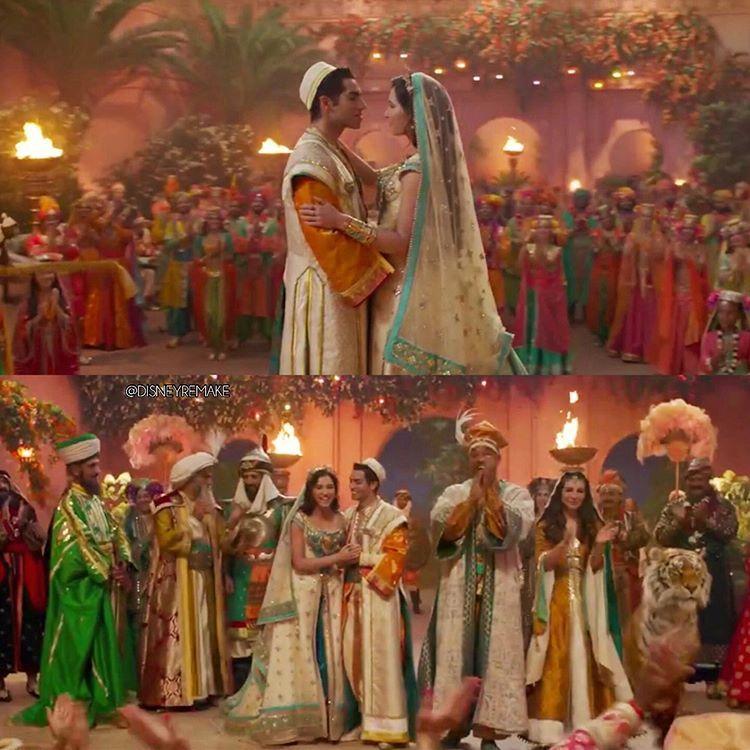
Figure 5: The wedding of Jasmine and Aladdin, 2019.
What has also remained throughout both works is a plot constructed around the need for Jasmine to marry (Figure 5). The whole narrative of the story revolves around Aladdin making attempts to win her over, or else she has to marry someone else. The narratives' plot twist and conflict reach their peak when Jafar wants to walk down the aisle with Jasmine.
The princess is, by default, forgiving and understanding. Surrounded by powerful men, in both films the character is still willing to marry Aladdin despite his personality flaws, lies, and manipulative behavior. Until the last minutes of the film in the newer version, and throughout the 1992 cartoon, Jasmine remains helpless and needs to be rescued from the tyranny of the Sultan and Jafar.
Another mature, wise, and educated woman in the story remains a ghost through both films. Jasmine’s mother has only positive references from her daughter, husband, and the people of her country. She is a good role model, however, Disney does not manage to include two wise females in their film - Jasmine's mother is entirely absent.
Fairy tales and sexuality
What has changed throughout the years, however, is the degree of sexualization of the characters in the movie. In the 2019 version of Aladdin, the personalities are more reserved with their clothes less revealing. This is especially noticeable with Jasmine, whose character is overly body-centered in the 1992 animated film (Figure 6).
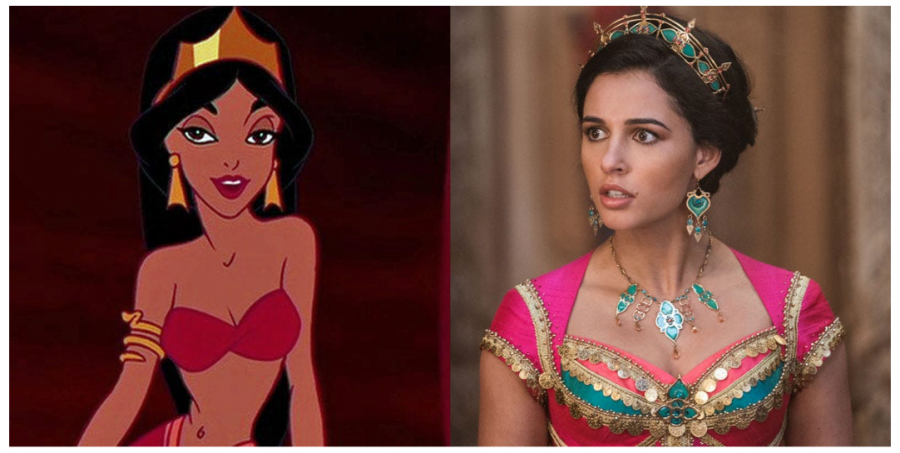
Figure 6: Sexualization of Jasmine in Aladdin (1992).
The 1992 princess appears as a typical 'Barbie-figure', mainly "embodied in very sexual ways" (Trites, 2014) with wide hips, breasts, tiny waist, and revealing clothes. At her wedding in the 1992 version of Aladdin, Jasmine appears wearing a strapless bra. Throughout the animated film, the princess appears overly "flirtatious" when talking to the male cast surrounding her, in line with many other Disney characters (Trites, 2014).
Although Jasmine appears playful, Disney "always ensures that these flirtatious female characters are unthreatening and effectively chaste" (Trites, 2014). The princess, trapped in a castle her whole life, is supposedly a virgin, yet, just like Barbie, she seems "to be a potential anomaly" (Trites, 2014) by flirting with Aladdin straight away. Disney handles the situation by trapping her back in the castle until she gets married, meanwhile Aladdin travels far from her. The princess has another sexuality peak at the wedding, which again is restrained by her actual marriage to Aladdin.
According to Trites (2014), the way Jasmine's sexuality fluctuates between revelation and restraint adds "the final piece of the [...] maturity formula". The princess appears sexual and then isolated, until her appeal reaches its peak at the wedding, followed by another restraint - being rescued by Aladdin. In Disney's maturity formula, "females are mature when they can accept and control their sexuality" (Trites, 2014).
The older version of the film also has traces of this unequal sexuality distribution. At the party, Jasmine is the only person managing to behave compared to the males her age surrounding her, namely Aladdin and the prince. By looking at the female character, we can see how "the mature body recognizes the power of sexuality and controls itself — and only women are capable of this type of sexual self-control" (Trites, 2014).
The most concerning part of the narrative is that the woman in both films cannot even say 'no'. Both Jasmines struggle with getting the message across that they are not interested in marrying a person they don’t like. Such a representation is a worrying message for young girls and boys alike-- the opinion of a woman does not matter. Her position towards her body, especially concerning marriage and sexual encounters, is not heard in a world ruled by males.
Aladdin and politics
Overall, both Aladdin films carry a metaphor for politics and society. The Sultan, the ruler of his people, is portrayed as a delusional man with no leadership qualities. Poverty flourishes in Agrabah, yet the Sultan and Jasmine fail to see it. The princess, barely having experienced the outside world, takes on a country in the 2019 movie. She apparently has enough education, but fails to understand how basic market relationships work by not being able to pay at the beginning of the film. All the major political decisions are in the meantime carried out by a dark and mysterious force whose presence is not evident to society. The figure who has the most influence does not wish anyone well and is driven by greed.

Figure 7: The flourishing and rich kingdom of Agrabah ruled by the patriarchy of Sultan.
Another reinforced narrative present in both versions of the film is the guilt projected onto the younger generation. According to Trites (2014), this is a spread formula where “Several subplots of [the] film combine to create a guilt-laden cultural narrative: that the young are responsible for ensuring a safe future for their elders.” Aladdin and Jasmine feel the pressure of saving their kingdom and, eventually, the world from evil Jafar, the misled Sultan, and unstoppable magic. This narrative is a metaphor for preparing younger generations to rescue society from sexism, racism, economical instability, climate change, nuclear programs, and many other evils. Young adults are "responsible for the environment, for standing up to unjust tyranny, and for calming their elders’ fears of becoming obsolete. These cultural narratives about responsibility, however, are mixed because, at the end of the day, only women are truly mature in this film" (Trites, 2014).
At the end of both films, saving the world and ruling the country is put on the shoulders of two young people. One of them grew up as a thief, and the other is detached from reality due to a lifelong lockdown. Apparently the competence of a political ruler does not matter, as long as they have a 'kind heart.'
Aladdin and internet culture
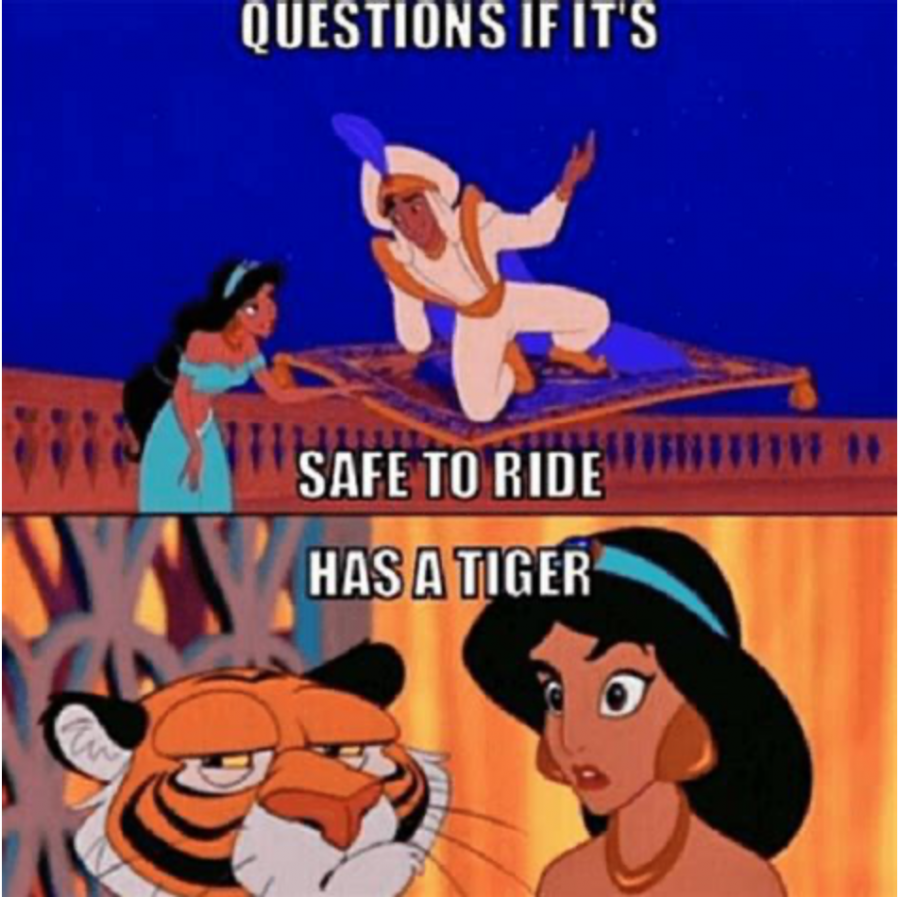
Figure 8: ‘Silly’ appeal of the princess in the animated film.
The Aladdin movies had a broad response online. Internet users picked up on the new storylines and reacted to the plot and cast changes online. The striking difference between the 1992 and 2019 Aladdin memes is most evident in relation to Jasmine. In content related to the animated film, the princess is mostly portrayed as silly and naive (Figure 8), or as blindly trusting the men in her life. One meme criticizes Jasmine's actions in the opening market scene: "Wears golden bracelets, says she has nothing to pay with". However, this pattern changes in the memes from the 2019 movie. In 2019, Jasmine’s appeal is that she is knowledgeable (Figure 9), independent, and makes her own rules.
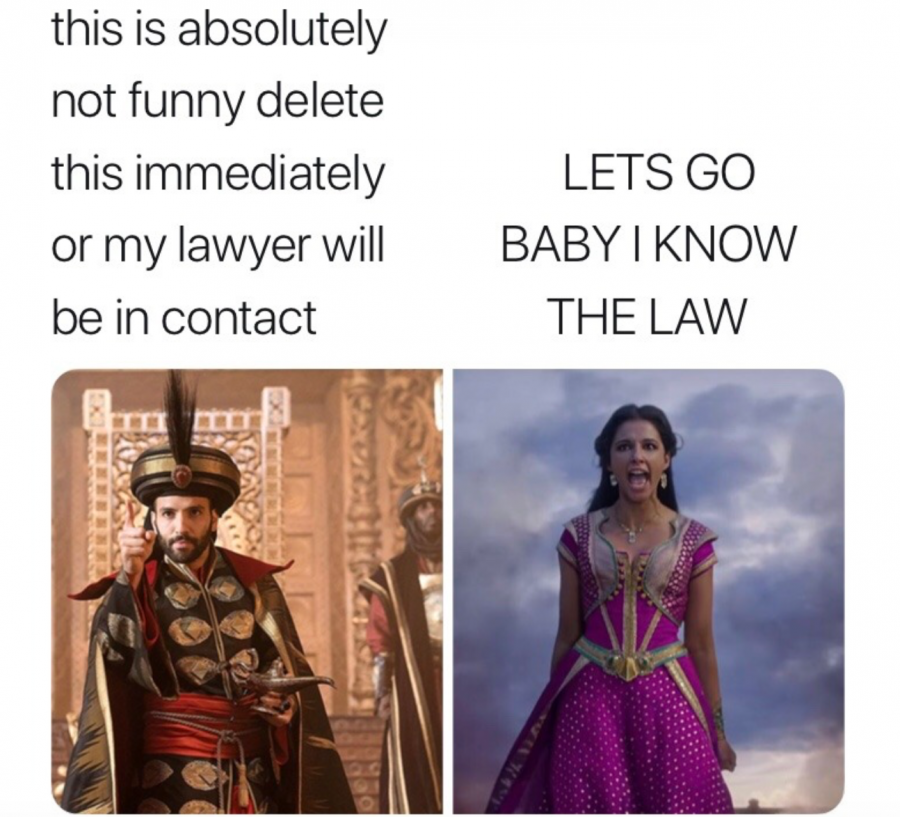
Figure 9: ‘Knowledgeable’ appeal of the princess in the movie.
Another striking phenomena is the amount of memes related to the male cast’s appearance. Many of the 2019 memes comment on and objectify the appearance of the actors playing Aladdin and Jafar (Figure 10), which is quite unusual for a supposed children’s film. Numerous tweets overlap the actor with the fictional character, interfering with the plot. "I hope Jafar wins" was a popular user reaction. This, of course, is not the case with the 1992 version. The memes about the older version of Aladdin refer to his adventurous character and willingness to show the world to Jasmine (Figure 11). Jafar appears evil and desexualized in the earlier memes.
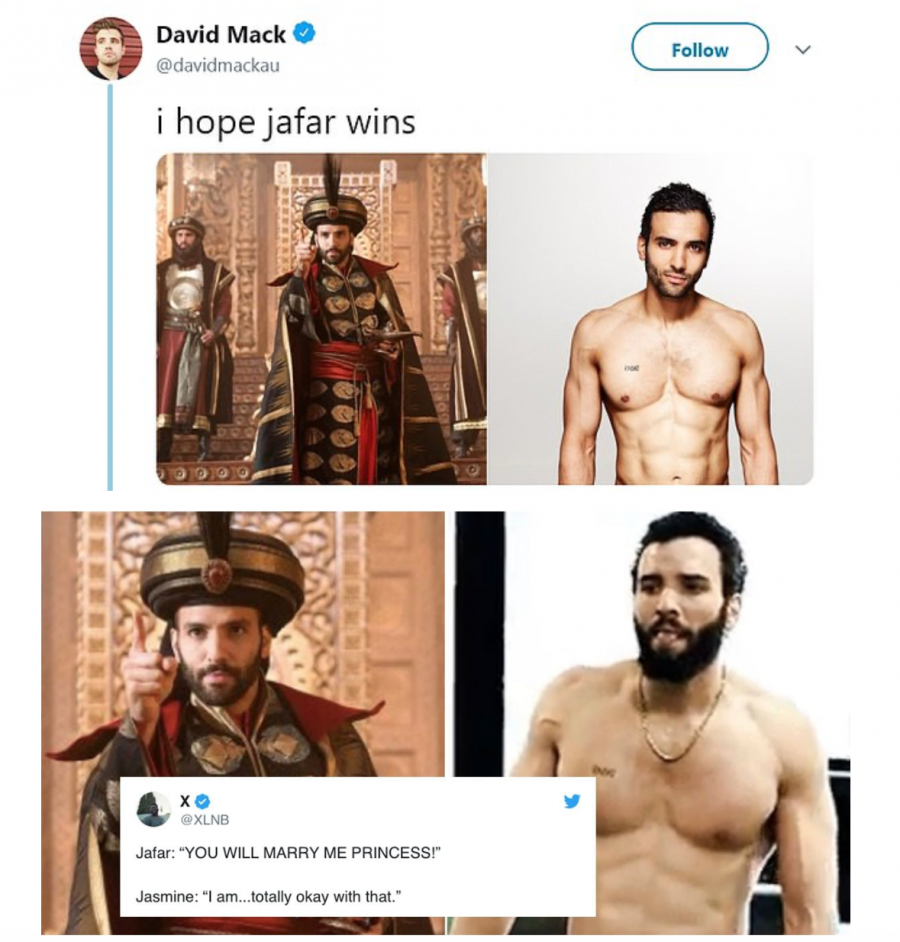
Figure 10: Jafar of 2019 being objectified in the memes.
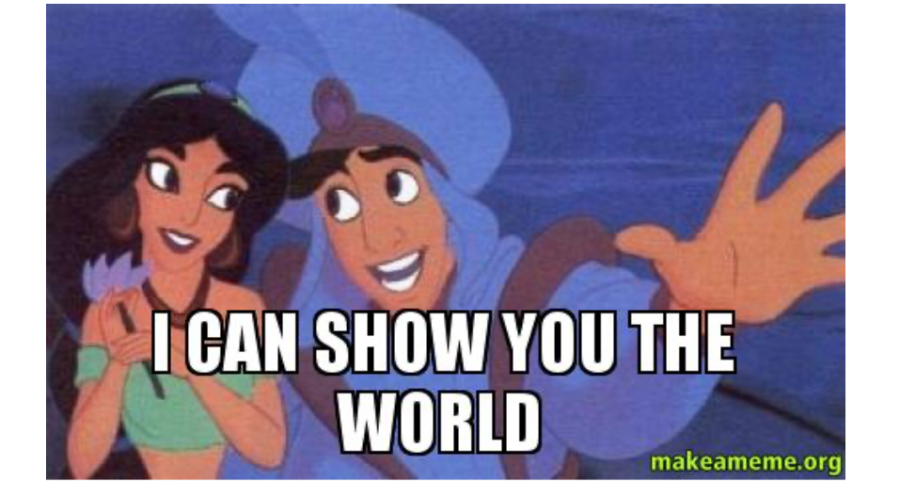
Figure 11: A meme on the adventurous nature of Aladdin.
There are many factors influencing this change, such as the films’ narratives, the fact that one is animated and one features actual actors, and the rising awareness of sexism, ageism, and discrimination in society. However, by looking at the memes, we can see that all the characters had quite a shift in a social reaction to them.
Stereotypes in children's media
By comparatively analyzing two Aladdin films, it becomes evident how the “maturity formula emerges from cognitively gendered conceptualizations and contributes directly to widespread cultural narratives about female maturity and male immaturity” (Trites, 2014). Just as in many other Disney movies, “the scripting depends greatly on cognitive functioning, such as understanding causality and empathy — which females are scripted to do almost automatically and males are scripted as needing to learn” (Trites, 2014). Such a pattern is remarkable when we try to analyze contemporary society and the effect of children's cultural products on it.
The standardized portrayal of characters based on stereotypes is very harmful in that it reinforces existing cultural narratives. Females are portrayed as carrying the weight of the conscientious decisions "by accepting social- and self-responsibility, by anticipating the relationship between cause and effect, by resiliency in the face of problem- solving, and most important, by accepting death and controlling their sexuality" (Trites, 2014). Meanwhile, males wander through the world, accepting adventures and living as if there is no tomorrow. Disney's maturity formula assumes that females, like Jasmine, are wise by default. Aladdin, on the other hand, like the other male characters, is silly and adventurous and can’t grasp basic responsibilities.
The newer version of Aladdin (2019) tried to break through the stereotypes and made attempts at presenting the lead female character as more empowered. However, this process was still problematic throughout the movie. The focus on Aladdin might be justified given the film's title, which is not 'Jasmine', after all. Shouldn't we strive for more integration, though? While trying to improve, Disney still reinforces the maturity formula while keeping a majority-male cast.
Apart from the sexist patterns found in both Aladdin movies, the works reinforce a number of other disturbing narratives concerning sexuality, politics, shifted responsibility, and death. Disney is a major cultural speaker and by broadcasting Aladdin, it uses a "parable, conveniently [combining] story and projection. Parable serves as a laboratory where great things are condensed in a small space. To understand the parable is to understand the root capacities of the every- day mind, and conversely" (Turner, 1996). Recognizing the films' narrational issues is the first step in improving them. Hopefully, influential production companies will soon become more aware of this trend, and we will see more diversity of plot scenarios on our screens.
References
Disney, (1992). Aladdin. Walt Disney Pictures.
Disney, (2019). Aladdin. Walt Disney Pictures.
Trites, R. (2014). A case study: Cultural narratives and the “Pixar Maturity Formula”. In Literary Conceptualizations of Growth: Metaphors and cognition in adolescent literature. Illinois State University.
Turner, M. (1996). The Literary Mind: Bedtime with Shahrazad. Oxford University Press.